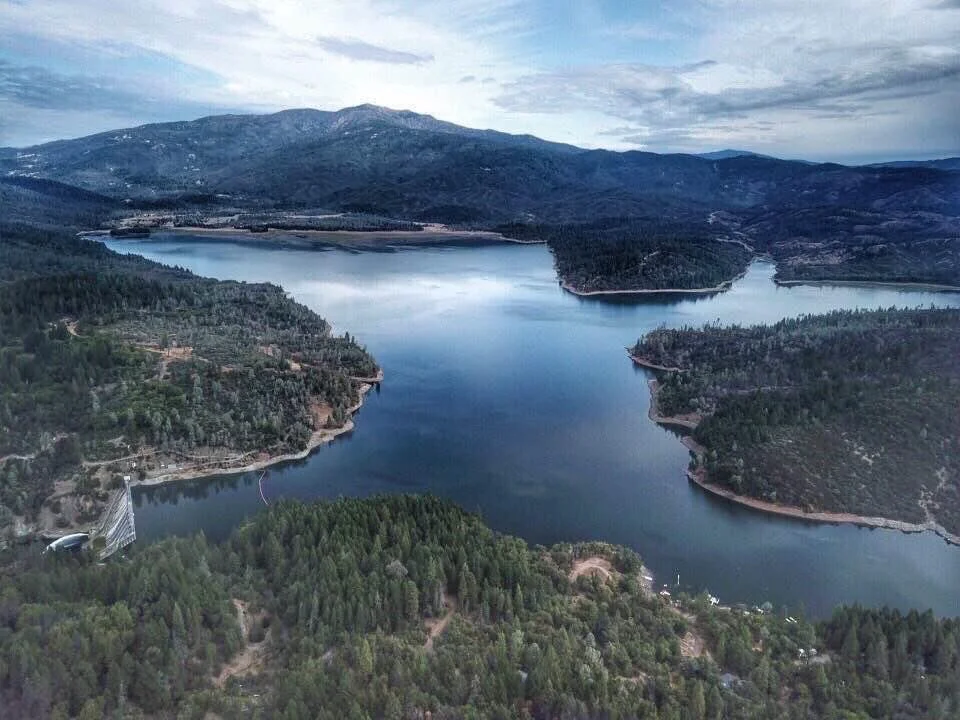MendoFever Staff January 17, 2024
Dear Editor-
Somebody should ask San Rafael’s Congressional Representative, Jared Huffman.
A group led by Huffman is promoting the destruction of our regional water infrastructure. Their aim is to substantially reduce our regional water storage by removing Scott Dam and Lake Pillsbury. Estimated cost: $500 million.
Huffman’s plan goes against the interests of the North Coast’s nearly 1 million residents, and runs counter to the Biden-Harris administration’s White House Global Action Plan on Water Security. The report makes clear that the US continues to suffer from inadequate water infrastructure. From the report:
“Here at home, water crises are becoming more frequent and intense. Historic droughts threaten our supply of water, and failing infrastructure and chronic underinvestment deprive our most vulnerable communities of safe drinking the source of both life and livelihoods, water security is central to human and national security.”
We in the North Coast can relate.
The White House report adds that its 2021 $1.2 trillion infrastructure bill “will invest in water infrastructure…that includes billions of dollars in funding for projects across the country to build new water reuse, efficiency, storage, and conveyance facilities that secure and grow our water supplies.”
The law directs $550 billion towards projects that will specifically increase water security, storage capacity, and modernization of water infrastructure. We can surmise from Huffman’s stated position that he is not advocating for the North Coast to receive the benefits of these already approved historic federal funds.
When the federal government is spending hundreds of billions of dollars to provide Americans with more water, why would we pay $500 million to have less?
Over the last decade, the North Coast has faced a prolonged regional water crisis. In addition to the nearly $1 billion California has received to date from the Biden infrastructure bill to improve water infrastructure, the state sat on $2.7 billion specifically allocated for water storage development for almost a decade.
Yet, Representative Huffman intends for us to spend upwards of $500 million to reduce the North Coast’s freshwater storage by 26.2 billion gallons (80,650 Acre Feet) — equal to 9 months and 12 days of water for all 714,420 humans in the district.
Three key consequences that Huffman’s dam destruction plan does not address: 1) The increased fire risk our residents and firefighters will face due to reduced water availability. 2) The impact on agricultural producers from starving our land of water and aquifer recharge. 3) The economic and environmental costs and health impacts on residents from increasing water and food costs and worsening water scarcity.
Also missing from Huffman’s project: who will pay the $500 million to fund his destruction of Scott Dam? Taxpayers or ratepayers, it is still us. How does he plan to replace the year-round water supplied by Lake Pillsbury to residents and the new diversion facility – particularly in drought years? Why is he completely disregarding the stated wishes of Lake County, where the lake resides?
Further, as a result of Sacramento’s housing mandates to all California cities and counties, our region’s demand for water is only going up. How does Jared Huffman square this reality with his plan? How does he square it with the potential $90 million project Marin Municipal Water District (MMWD) wants for an emergency water pipeline to the East Bay after Marin “almost ran out of water in 2021”?
Huffman’s group does not have a plan to address our region’s water insecurity. So far, he is only offering his constituents another government entity to manage the reduction of our water resources and, in all likelihood, more taxes. This sounds an awful lot like the failed SMART train, of which Huffman was the campaign co-chair.
When it becomes evident that this was a grave mistake for Mendocino and Sonoma Counties, who will be held accountable for such a decision? How will the economic, physical, and mental suffering of Mendocino and Sonoma County’s citizens be compensated for? How will we bring back the lost businesses and how many decades will it take for new storage to be approved, funded, and built?
Prudence dictates that we build a new water source before we remove our current water source.
Most can agree that California needs more water storage, even China. So why is Huffman pushing a $500 million plan to reduce our water storage without a solution for our water needs?
He owes all of us an explanation and a plan. We have the land and historic funding for more water storage. All we are missing is leadership.
Chris Coulombe, a Veteran running for Congress in California’s 2nd Congressional District. christocongress.com or @christocongress on social media platforms.







![Fly fishing on the Russian River south of Frog Woman Rock [Picture by Matt LaFever]](https://images.squarespace-cdn.com/content/v1/5cc36435fd67935bb61a2214/309bd191-15c9-419c-a4aa-c6e947c330ea/6C2E5C0A-EC26-4408-9620-4964ECDFA31C_1_201_a.jpeg+copy.jpg)
